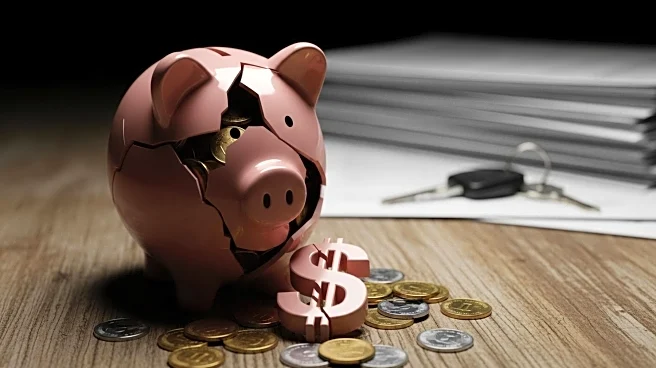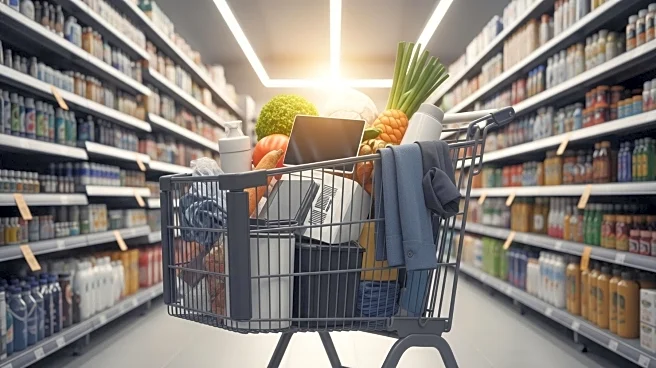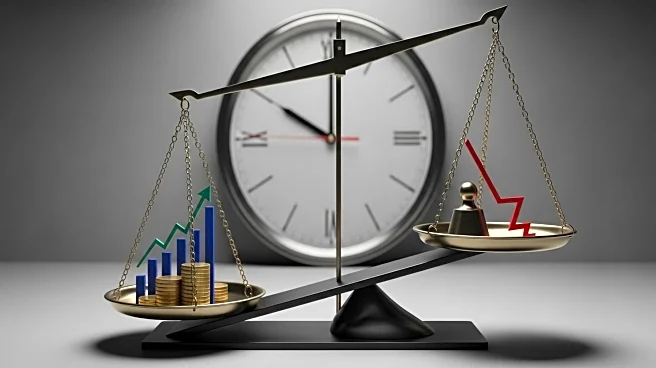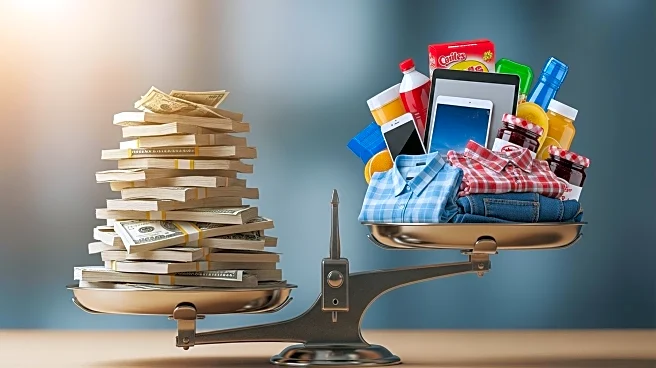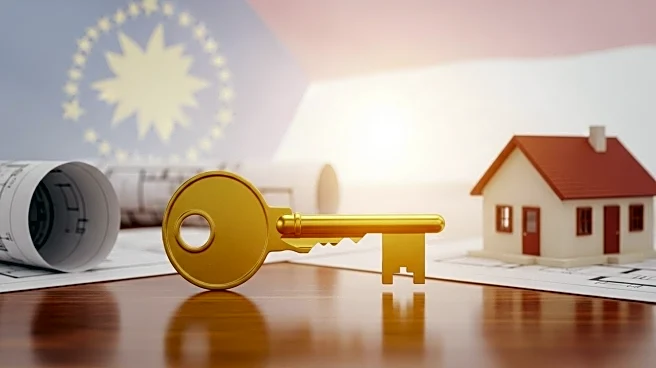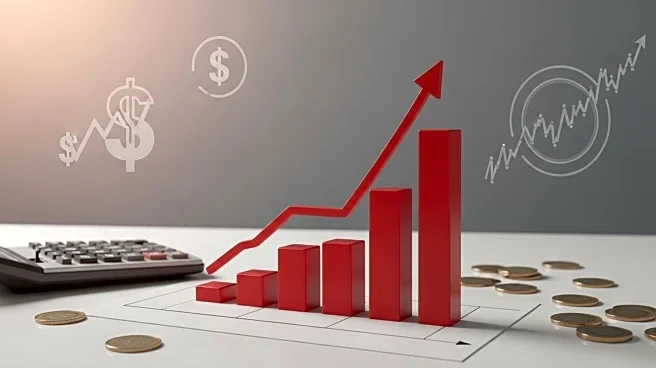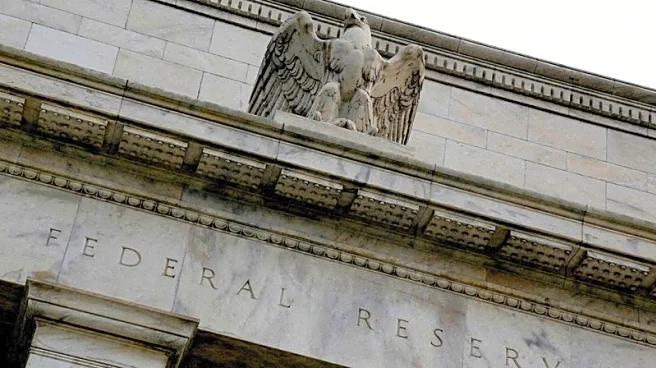What's Happening?
A viral video by Nissan salesman Jaeden Serrano highlights the financial strain caused by subprime auto loans. The video shows Serrano's shock upon learning that a customer owes $27,000 on a 2015 Honda Civic, a vehicle with a market value significantly lower than the owed amount. This situation underscores the broader issue of subprime auto lending, where high-interest loans lead to consumers owing more than their vehicles are worth. The Federal Reserve and Goldman Sachs report that subprime auto loan delinquencies have surpassed levels seen during the 2008 financial crisis, with repossessions on the rise.
Why It's Important?
The prevalence of subprime auto loans poses significant financial risks for U.S. consumers, potentially leading to increased debt and financial instability. As more consumers find themselves underwater on their loans, the likelihood of repossessions and financial distress grows. This situation calls for greater regulatory oversight to protect consumers from predatory lending practices. The impact on the auto industry could be substantial, affecting sales and consumer trust in financing options.
What's Next?
Consumer advocates are likely to push for stronger regulations on subprime auto lending to prevent further financial harm to consumers. The auto industry may face increased scrutiny and pressure to offer more transparent and fair financing options. As the issue gains attention, there may be calls for policy changes to address the root causes of subprime lending and protect vulnerable consumers.
